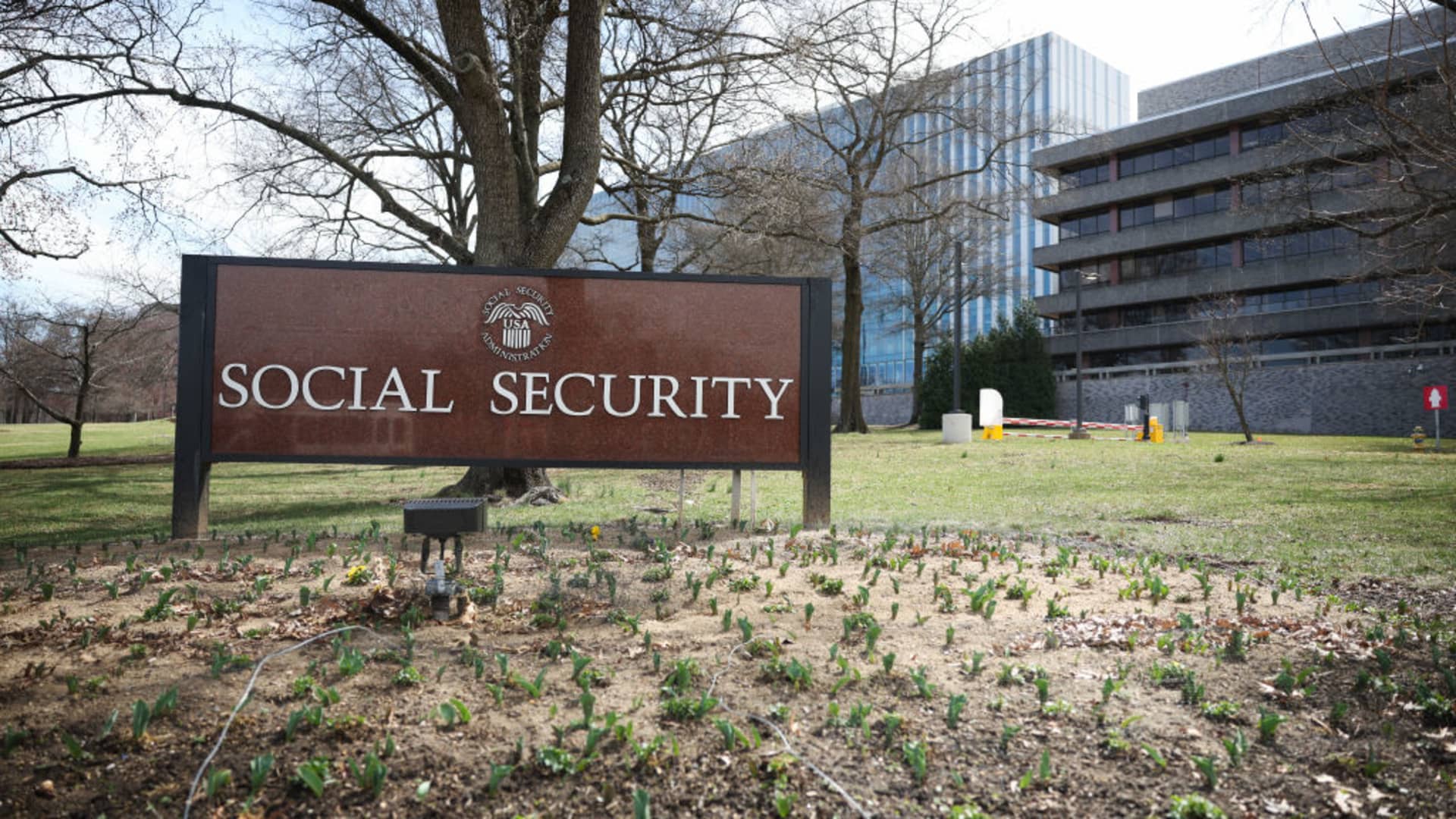Fotostorm | E+ | Getty Images
If you need to get a mortgage to buy a house, make sure your finances are in order — especially your debt-to-income ratio.
Your debt-to-income ratio is all your money debt payments divided by your gross monthly income. It’s the “number one way” lenders measure your ability to manage the monthly loan repayments, per the Consumer Financial Protection Bureau.
The debt-to-income ratio was the most common reason for a denied mortgage application, at 40%, according to the 2024 Profile of Homebuyers and Sellers report by the National Association of Realtors.
Other factors that affected homebuyers in the approval process were a low credit score (23%), unverifiable income (23%) and not enough money in reserves (12%), the report found.
The NAR polled 5,390 buyers who purchased a primary residence between July 2023 and June 2024 and found that 26% of homebuyers paid all-cash — a new high.
Lenders look for a ‘healthy’ debt-to-income ratio
Repeat buyers who gained record home equity in recent years drove that trend, according to the NAR.
But for those who need to borrow in order to buy, lenders and institutions look at your debt-to-income ratio to see if you may struggle to add a mortgage payment on top of other debt obligations.
“The higher your debt-to-income ratio is, the less chance they’re going to feel comfortable lending to you,” said Clifford Cornell, a certified financial planner and associate financial advisor at Bone Fide Wealth in New York City.
Here’s a look at other stories impacting the financial advisor business.
It’s a factor that affects home applicants of all income levels, said Shweta Lawande, a certified financial planner and lead advisor at Francis Financial in New York City.
“If you’re a high earner, you might not experience an issue saving towards a down payment, but that doesn’t mean you have a healthy debt to income ratio,” she said.
Here’s what you need to know about your debt-to-income ratio.
How to calculate your debt-to-income ratio
If you’re looking to apply for a mortgage, the first step is to know what your current DTI ratio is, said Lawande.
Take your total required monthly debt payments, like your monthly student loan or car loan payment. Divide that sum by your gross monthly income, she said. Multiply the result by 100 and you have your DTI expressed as a percentage.
A DTI ratio of 35% or less is typically considered as “good,” according to LendingTree.
But sometimes lenders can be flexible and approve applicants who have a debt-to-income ratio of 45% or higher, Brian Nevins, a sales manager at Bay Equity, a Redfin-owned mortgage lender, recently told CNBC.
A way to figure out your housing budget is the so-called 28/36 rule. That guideline holds that you should not spend more than 28% of your gross monthly income on housing expenses and no more than 36% of that total on all debts.
For example: If someone earns a gross monthly income of $6,000 and has $500 in monthly debt payments, they could afford a $1,660 a month mortgage payment if they follow the 36% rule. If the lender accepts up to 50% DTI, the borrower may be able to take up a $2,500 monthly mortgage payment.
“That’s really the max for most loan programs that somebody can get approved for,” Nevins told CNBC.
The ‘better’ debt repayment strategy
You can improve your debt-to-income ratio by either shrinking your existing debt or growing your income.
If you have existing debt, there are two ways you can work to pay it off, experts say: the so-called “snowball method” and the “avalanche method.”
The snowball method is about paying off the smallest debt balances first no matter what the interest cost is, which can feel less overwhelming, said Shaun Williams, private wealth advisor and partner at Paragon Capital Management in Denver, the No. 38 firm on CNBC’s 2024 Financial Advisor 100 List.
“One is what’s best on a spreadsheet, and the other one is what makes someone feel best from a behavioral finance standpoint,” Williams said.
Yet, “the avalanche is better because the true cost of debt is your interest rate,” he said, as you’re more likely to pay down the debt faster.
Let’s say you have student loans with a 6% interest rate versus an existing credit card balance accruing a 20% interest rate. If you’re sitting with credit card debt, consider tackling that balance first, Cornell said.
“Whichever one’s costing you the most to borrow is the one that you want to pay down as quickly as possible,” he said.
If you’ve already done what you could to either consolidate or eliminate existing debt, focus on increasing your income and avoid other large purchases that would require financing, Lawande said.
“The goal is to just preserve the cash flow as much as possible,” she said.


 Blog Post1 week ago
Blog Post1 week ago
 Personal Finance1 week ago
Personal Finance1 week ago
 Personal Finance1 week ago
Personal Finance1 week ago
 Personal Finance1 week ago
Personal Finance1 week ago
 Finance1 week ago
Finance1 week ago
 Economics1 week ago
Economics1 week ago
 Economics1 week ago
Economics1 week ago
 Economics4 days ago
Economics4 days ago











